I tried the dopamine decluttering method – a scientific trick to make decluttering more enjoyable
5 steps to optimize your decluttering routine and harness 'feel-good' hormones
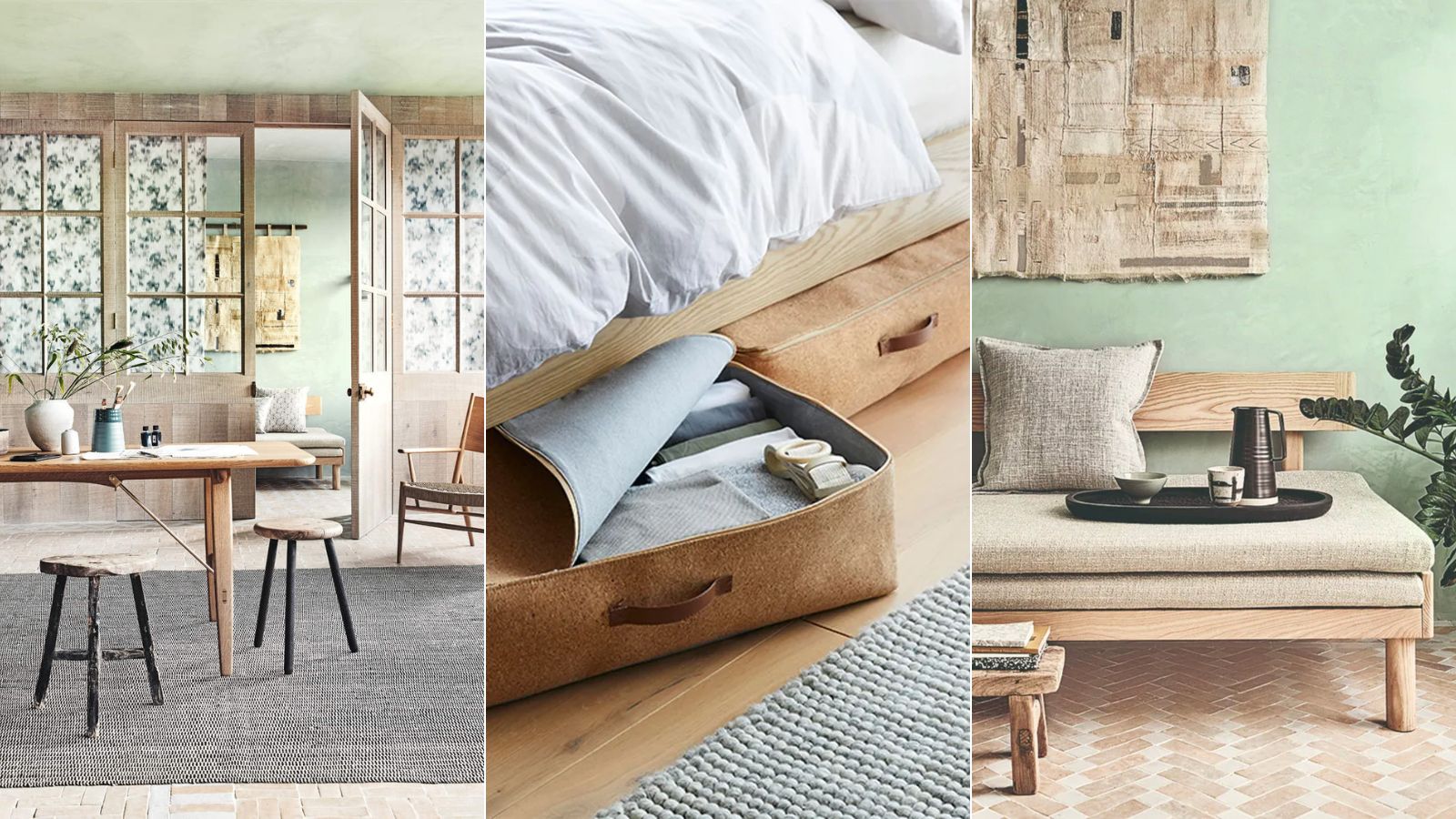

A year ago, I could never have imagined that decluttering would be something I could feel motivated about, let alone enjoy. So what changed? Well, upon hearing about dopamine cleaning, I looked into how to apply this principle to make decluttering more rewarding.
Dopamine is a chemical in our brains that helps transmit signals related to pleasure and reward. When we anticipate and achieve positive outcomes from a task, such as decluttering, our brains get a dopamine boost, making us feel good.
This release activates the reward pathway and strengthens our association between the behavior and the pleasure that comes with it, which reinforces our motivation to continue the task.
In line with this, I started using some dopamine-boosting decluttering techniques to make decluttering more enjoyable and forge a continued incentive to declutter.
Dopamine decluttering method
As well as being known as the "happy hormone", dopamine has been nicknamed the "habit former" or "motivational molecule", and for good reason.
By integrating five steps into your own decluttering habits, you can make decluttering fun and foster a healthier living space and lifestyle.
1. Set achievable goals
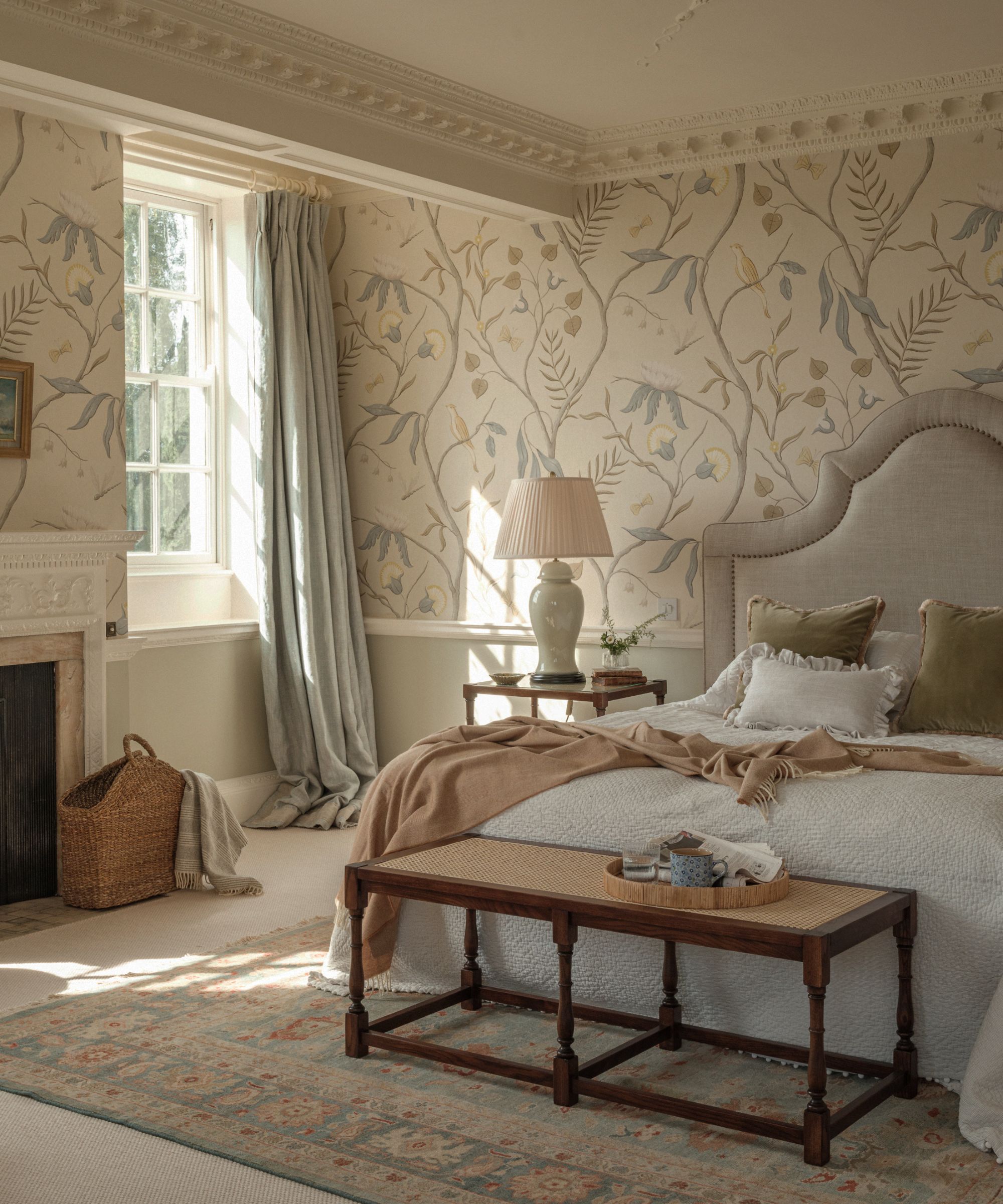
Dopamine is released in response to achieving goals, which will manifest in feelings of satisfaction and pleasure. Each completed goal acts as a reward to reinforce this behavior and motivate you to continue decluttering.
So, to set yourself up for a successful decluttering session, the first step is to set your goals. There are two ways I normally approach this:
1. Set goals for what you want to declutter.
For example, 'I want to declutter all the clothes I haven't worn in the last year from my closet', or 'I want to make more space for downsizing by decluttering my kitchen drawers one by one, removing any broken or duplicate items'
Setting specific goals will help you to approach tasks with ease and visualize your desired outcomes so that when you achieve your goals you will get a dopamine boost. This, in turn, will make you more likely to repeat this task in the future.
2. Set goals according to what you aim to get out of this process.
Your goal doesn't just have to be specifically about what you want to declutter, but rather the environment or mindset you want to cultivate.
For instance, you may want to declutter a bedroom to improve sleep or create a more mentally healthy environment and mitigate the negative impact of clutter.
The reason why we're stressed by visual clutter is that it triggers the release of cortisol in the brain, which is the primary stress hormone. This can even cause increased, anxiety, depression, and difficulty sleeping.
I find that when my space feels cluttered, I feel guilty and stressed, so I set goals to declutter my space and create a more relaxing environment by deciding: 'I want to schedule routine decluttering sessions to ensure my space remains functional and clutter-free.' By doing this every week I feel more satisfied and happy.
Setting goals will then help you with the next step.
2. Divide and complete tasks in manageable sections

When it comes to approaching decluttering tasks, take inspiration from the logic behind the snowball method of decluttering. This approach is a proven way to keep you feeling motivated and accomplished through the decluttering process with regular dopamine hits.
This technique works by breaking overarching goals down into manageable tasks. Consistent progress through small tasks helps sustain dopamine levels and keep motivation high.
'The psychology behind this is based on the idea of small wins. By starting with an achievable task, you build confidence and receive a dopamine boost each time you complete a task, which will help reinforce your commitment to the project,' explains clinical psychologist and Founder of US Therapy Rooms, Dr. Daniel Glazer.
Dopamine release is associated with goal-directed behavior and motivation, so breaking tasks down helps to maintain motivation and provides a more frequent sense of achievement than larger tasks. It also prevents cognitive overload, and decision fatigue, and ensures tasks are always done to completion.
I always start by focusing on an area, but you could also do this based on a category of items. Work through your decluttering tasks one by one, taking breaks between each one to appreciate your success, until you have completed your goal.
3. Create a reward system
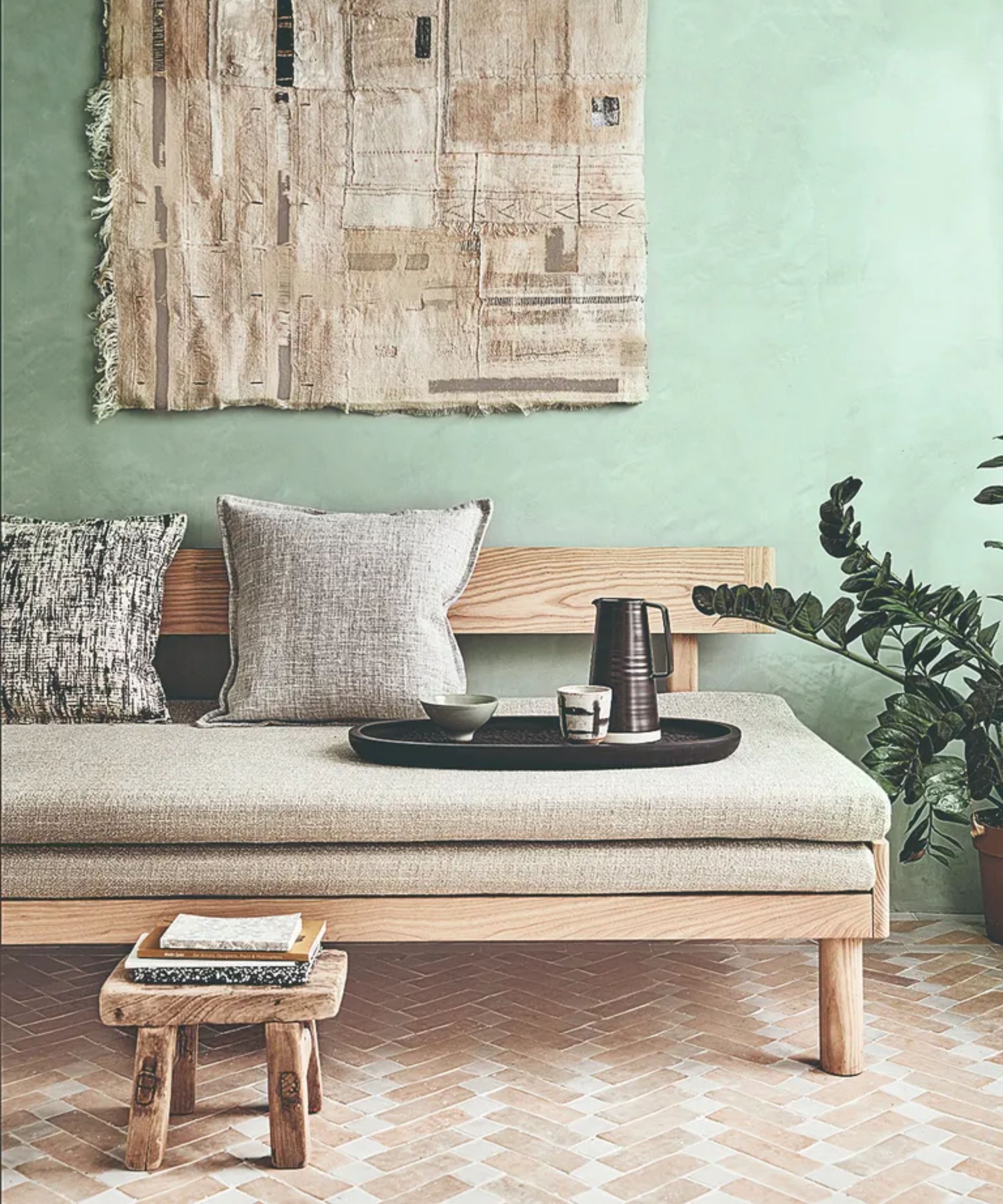
When we engage in a behavior that is beneficial or pleasurable, dopamine is released in the brain, activating the reward pathway and reinforcing the behavior.
So, while we receive a dopamine boost from completing tasks and seeing our progress, it's also important to find ways to reward ourselves after completing a task to further our association between successful decluttering and joy.
With each task I completed, whether it was removing items cluttering a bedside table that were impacting sleep, or items cluttering a desk that were hindering productivity, I celebrated my progress.
I treated myself to small rewards – a coffee outside, a chapter of my book – that kept me motivated to keep decluttering.
4. Make visual cues to track your progress
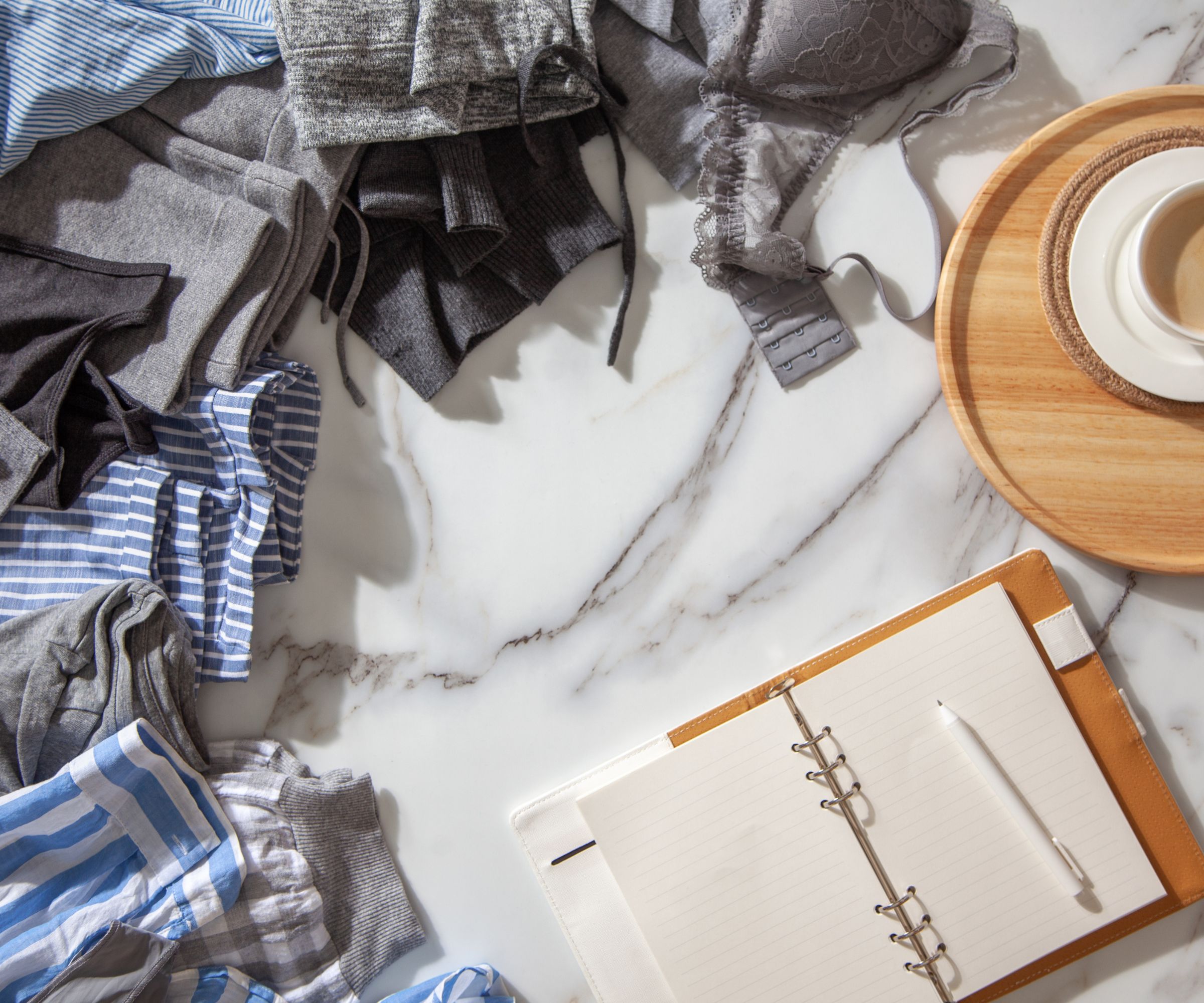
I'm certainly not unique in finding ticking a task off my to-do list or closing all the tabs on my laptop after completing a project wildly satisfying. Well, this satisfaction comes from the dopamine boost you get after achieving a goal.
Translated to decluttering, you can trigger this dopamine release by creating a decluttering checklist or using a progress-tracking system (there are apps for this) to monitor your progress, and enjoy the small successes of ticking off each completed task. I use this decluttering planner and organizer, from Amazon.
I have always found decluttering to be overwhelming, but making a clearly outlined checklist to visualize and track my progress was a great way to make this task feel more manageable. Also, by being able to see my incremental successes build up, my sense of reward and satisfaction also increased.
To Do List Notepad | Was $7.99, now $5.99 from Amazon
This 60-sheet notepad can help you organize and prioritize your decluttering tasks.
5. Declutter regularly
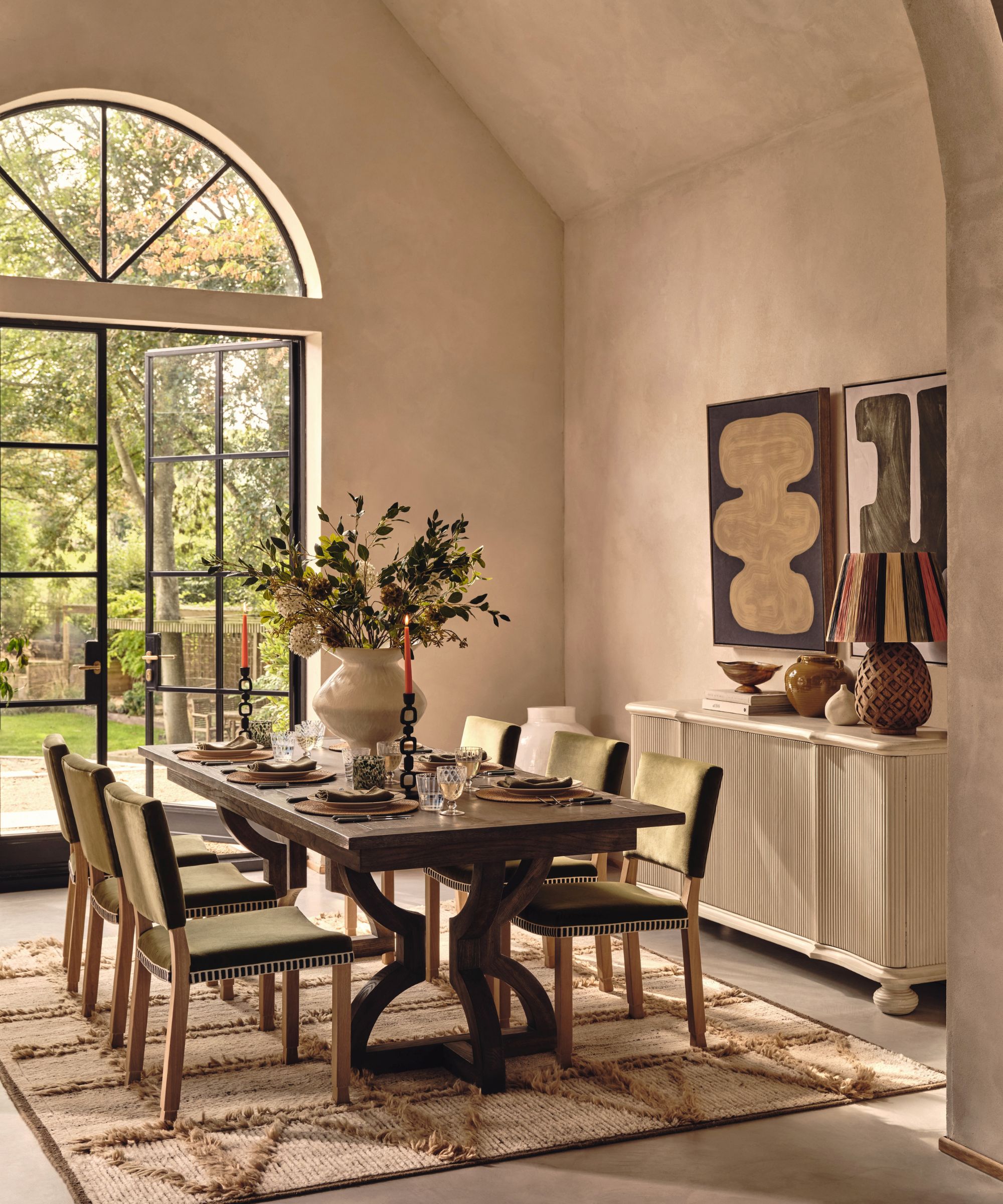
My final advice is to ride the wave of dopamine decluttering.
By decluttering regularly, I not only prevent the accumulation of stress-inducing mess but also keep the process going, to maintain a continuous dopamine release.
By using the dopamine decluttering method, I've not only cultivated the type of space that I find relaxing and enjoyable, but I also transformed my mindset when it comes to the benefits of this decluttering.
By setting goals, breaking tasks into manageable steps, and rewarding myself as I go, I have found decluttering to be not only a task I feel motivated to do, but something I actually find satisfying and therapeutic.
Design expertise in your inbox – from inspiring decorating ideas and beautiful celebrity homes to practical gardening advice and shopping round-ups.

Lola Houlton is a news writer for Homes & Gardens. She has been writing content for Future PLC for the past six years, in particular Homes & Gardens, Real Homes and GardeningEtc. She writes on a broad range of subjects, including practical household advice, recipe articles, and product reviews, working closely with experts in their fields to cover everything from heating to home organization through to house plants. Lola is a graduate, who completed her degree in Psychology at the University of Sussex. She has also spent some time working at the BBC.
